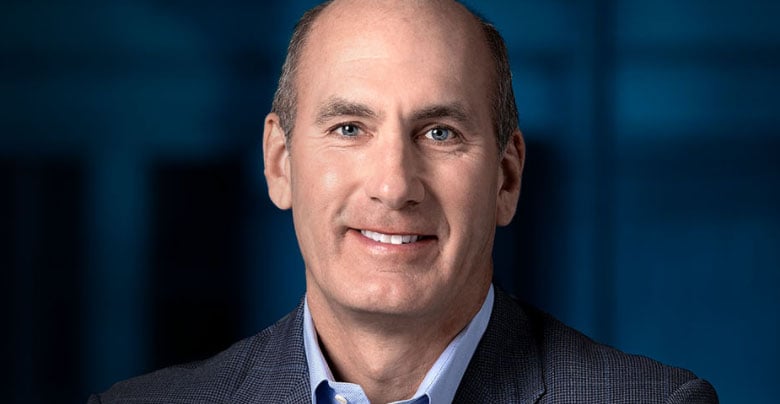-
AT&T’s CEO said open access is basically wholesaling, which has been around for a long time
-
He envisions leveraging open access to sell more wireless
-
AT&T would even consider reselling wireless via others’ open access networks
At yesterday’s J.P. Morgan investor conference AT&T CEO John Stankey touted open access fiber networks, giving several examples of how they could be structured to benefit AT&T.
Of course, AT&T is partnering with BlackRock for an open access joint venture called Gigapower. The JV is building networks outside of AT&T’s footprint. It already has fiber builds in progress in parts of Arizona, Florida, Minnesota, Nevada, New Mexico, North Carolina, Pennsylvania and South Carolina.
Stankey said yesterday, “I think we’re going to continue to see more open access networks show up in the United States for a variety of reasons. I think there’ll be some states under the BEAD structure that are probably going to have conditions or expectations for the government subsidized portion of those networks; maybe need to be built with an open access condition on it. I don’t think that will be universal.”
He said that open access is basically wholesaling, which has been a part of telecommunications for a long time.
With open access, the owner of the network leases capacity to internet service providers, who, in turn, serve the end customers. The owner can lease to as few as one ISP, or it can lease to several ISPs who will all be competing for the end customer.
“I think there’ll be elements of wholesale and partnership that occur on these networks,” Stankey said. “When you’re an owner operator of infrastructure, you want to run yourself as close to max capacity as you possibly can. That’s how you maximize returns.”
He also mentioned leveraging open access to sell more wireless. He said if you have multiple partners selling on the broadband infrastructure, then AT&T could strike resale agreements for wireless. “Possibly, that’s a better way to get more wireless penetration in a low share market,” he said.
He mentioned other partnership possibilities, saying that in some markets there might be another open access provider who wants to build the base infrastructure and perhaps AT&T could strike a partnership to bring its wireless service on top of that. “And I can give them back-office on how to run or use my brand to accelerate penetration on their network. I want to sign a deal like that,” said Stankey.
AT&T isn’t the only one doing open access. There are a number of smaller companies who build these kinds of networks. Utopia in Utah has been the open-access poster child for several years. And recently, T-Mobile announced it was joining with EQT to buy Lumos and turn it into an open access fiber provider.
Conversation at Connect(X)
A panel at last week’s Connect(X) conference discussed open access networks.
Keith Quarles, president of A2D Inc., said open access networks, in their best sense, should be completely carrier neutral. “There are models where you may only have one anchor tenant. But in its purest sense, you want to have multiple providers.”
He said sometimes an open access network is run by a private company. But oftentimes, a municipality or electric co-op will create an open access network.
“On the private side, you’ll see a single-tenant type anchor situation in the hopes others will join,” said Quarles. “You’re starting to see dark fiber providers partially light portions of their network. The whole point is to open the landscape and bring competition in the market.”
One downside to open access is that it can be confusing to consumers because of the different companies involved.
Matt Kalmus, managing director and partner with the Boston Consulting Group said, “Obviously, with the pure municipal networks the doors are open to as many ISPs as possible. The thing you’ll probably start to see are more of the incumbent telcos offering wholesale access onto their networks. BT has to open up to others on their fiber network.”
Can open access networks actually flourish in the U.S. as they have in Europe? We’ll be watching closely.




.png?VersionId=Vd87yZENPq2fI33HnKVJEu3mlovKVfrR)
